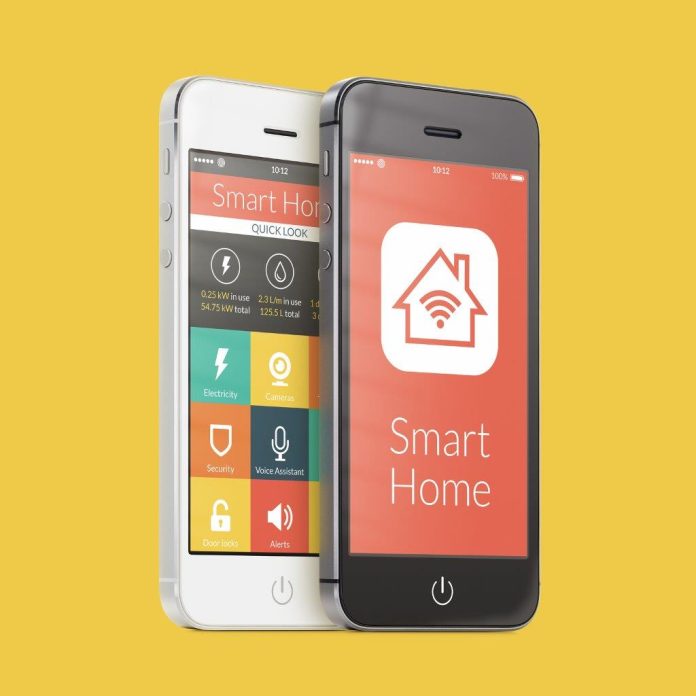As a busy installer, it’s extremely difficult to assess the overall quality of wireless security and automation solutions. There are many on the market, some inexpensive. Could you offer any advice on what we should be looking for? Which systems do you favour?
A: You want the fundamentals to be solid if you’re after a serious solution. You want battery backup. You want to meet relevant standards – this standard might call for a lockable metal box for the controller. Modern controller/keypads aren’t just poly, often they have no backup battery and are installed out in the open as a keypad or touchpad. Worse, some systems have an on-off slider switch right on the side of the unit. An integrated hub supported by the controller battery? Yes, please.
You want more than one reporting path. That could be dual-SIM or SIM and blue cable. When it comes to sensors, including cameras, you want good sensor designs and reasonable quality. In the case of PIRs, a dual pyroelectric sensor with a well-designed lens is to be preferred. Quality mirror optics offer best performance. Dual technology sensors – PIR and microwave – offer low false alarm rates in challenging environments, but they are not commonly found in typical security and home automation solutions.
When it comes to CCTV, you will be getting low cost cameras with modest resolution and very wide angles of view from short focal lengths with large apertures of around F1.2. This combination of wide angle, wide aperture and low resolution might as well be a recipe for low quality image streams. Throw in miserable quality plastic lenses with poor design characteristics and things are likely to get very murky indeed.
For a home automation system, 720p is considered by manufacturers to be plenty of resolution and at a focal length of 4-6mm, that would probably be true. However, most home automation cameras have angles of view that are more than 100 degrees – some even boast of 130 degrees and have the temerity to highlight their digital zoom capabilities. All other things being equal, you’re better to go for cameras with less than 100-degree views with 720p and insist on 1080p for wider angles of view. With digital zoom at such wide angles you’re zooming into softness.
Try to avoid cameras with stomach churning levels of barrel distortion and make sure there’s WDR capability. If the camera can’t handle backlight, you’ll have trouble getting consistent performance in a domestic application where cameras are very likely to be installed in brightly-lit areas like kitchens, or looking towards glass front or sliding doors. Most users don’t want the surveillance cameras pointing inwards at the family but outwards towards potential intruders.
Keep an eye out for chromatic aberration – purple fringing – and try to avoid cameras with lenses that generate ghosting or flare in the presence of strong light sources. Blooming is a clear sign of a cheap sensor – you don’t want your pixels to be spilling electrical signal all over the place. This will cost you colour rendition, contrast, detail and sharpness. You also want minimal latency – more or less real time image streams. There are plenty of cameras out there that claim to be running at 25ips yet deliver History Channel quality of motion. It’s not 1916, so avoid these cameras. Somewhere inside them is a nasty shortcut – in processors or firmware. Getting worthwhile video quality from a cloud connection imposes a whole new set of challenges. In short, if your cloud provider is out-country, there will be more latency.
You want a capable local interface for times you don’t have your phone – a touchscreen gives good functionality but a keypad with LCD and icons is more reliable in the long term. Touchscreens last about 5-6 years and if you use a phone or tablet most the time, a touch screen might feel too fiddly. You also might be the sort of person who wants to activate the system with a keyfob. Let’s be honest, that’s way more convenient than pulling out your phone, authenticating, opening the app, entering your password and swiping the alarm icon. There’s nothing smart about a system that requires 6 touches to access a central piece of functionality.
Speaking of apps, be sure the app is well-designed, even beautiful, in form and function, and that no matter where you are in the app it’s possible to go anywhere else without having to back up 3 steps. It should be possible to arm the system and activate panic or fire from wherever you happen to be. Things like geo-fencing and auto-deactivation when the system senses your approach could be nice features if this suits you, but you don’t want the house disarming every time you drive past your house on the way from somewhere to somewhere else.
Mapping and imagery are solid features in an app or browser interface and you want these to be icon-based and easy to drive. In the backend you want a reliable cloud provider, you want low latency, so talking your customer into a higher performance internet service is a vital and often unconsidered component of any capable home automation system. That low latency system might not be cable, either. In town 4G LTE is often faster that Naked DSL services. And buy a system that can be monitored by a professional monitoring station.
SEN‘s favourite home automation solutions at the moment include the soon-to-be-released 2GiG Qolsys. We also like Almond, Ness M1, AMC also makes a functional and capable solution, with a sweet app and quality sensors. Risco is a good manufacturer – if you want external wireless sensors, you can’t do better than Risco. Anything from a consumer retailer is bound to be ordinary – possibly horrible. When the batteries run out, or a sensor gives up, a low cost system is going to lose your customer’s interest…fast.
#sen.news












